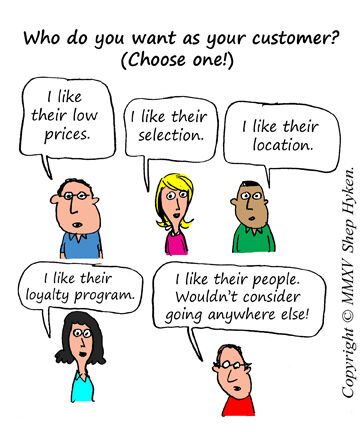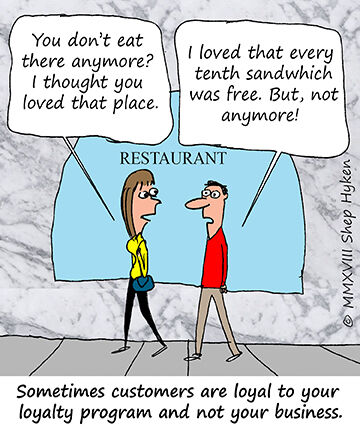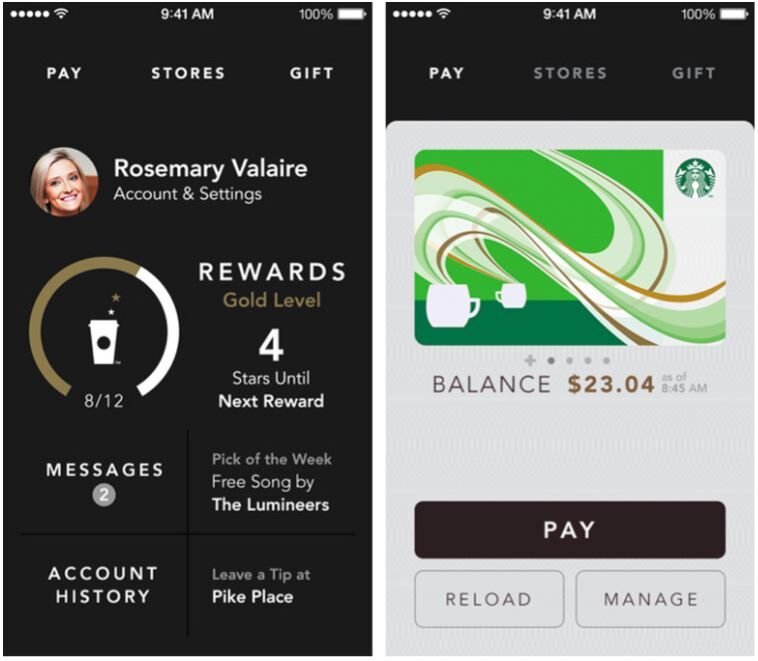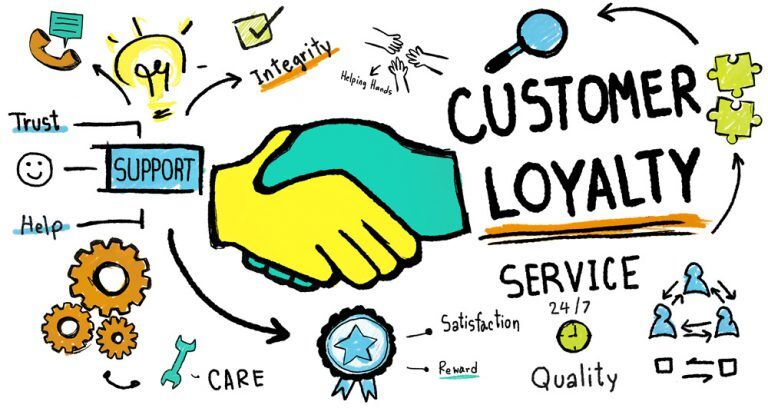The Beginner’s Guide to Creating a Customer Loyalty Program
Loyalty programs are not new. For years, small merchants and large retailers have offered a free dessert for their best customers or VIP access to limited merchandise — instinctively knowing the strategic value in offering rewards to foster loyalty.
But as businesses grow, it’s not as easy to know who your best customers are, how to reward them in proportion to the value they bring, or how to build personalized relationships with them that will turn them into advocates. That’s where the right customer loyalty program can help you.
Notice the qualifier “right”.
Because loyalty programs are not new, the average American household has at least 18 loyalty program memberships. But only 33 percent of loyalty customers feel that those programs are addressing their needs.
In this guide, we will cover the effectiveness (and ineffectiveness) of loyalty programs in the market, and how to build the right one to help meet your business goals.
Just because you have a loyalty program doesn’t mean it’s working
McKinsey recently did an analysis of U.S. retailers that yielded stunning results: Companies with loyalty programs posted a 2.28 percent comp sales increase. In comparison, those without loyalty programs saw 4.26 percent gains.
The Accenture Strategy 2016 Global Consumer Pulse Survey, which focused on loyalty programs and the cost behind them, also revealed some interesting findings:
- 57% spend more on brands or providers to which they are loyal. That means 43% spend the same or less. And 36% consider loyalty irrelevant to their spending.
- 71% claim loyalty programs do not engender loyalty.
- 61% switched some or all of their buying from one brand or provider to another in the last year. Not surprisingly, the propensity to switch is 6% higher among customers who don’t care about loyalty programs. But even consumers who spend more on brands to which they are loyal switched 17% more often than those who spend less.
- 77% of all consumers admitted they now retract their loyalty more quickly than they did three years ago.
- 23% demonstrate an adverse or non-existent reaction to companies’ loyalty efforts.
- These findings suggest that the growth of loyalty programs over the years — and our understanding of customer behavior and how they view loyalty programs — have not been in sync.
It’s time for a course correction, to rethink loyalty programs and maximize their value for your brand.
Launching a loyalty program
For customers to join and engage with your loyalty program, they need to see value in your offerings and whether the rewards are worth their time and money. To ensure your loyalty program is successful, there are eight key considerations that you should keep in mind:









